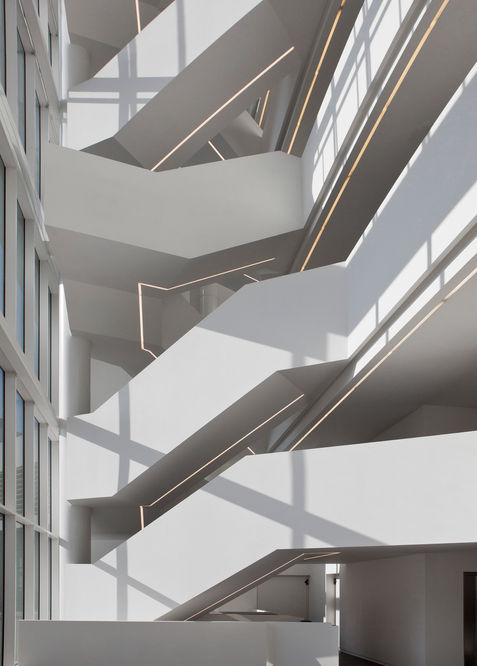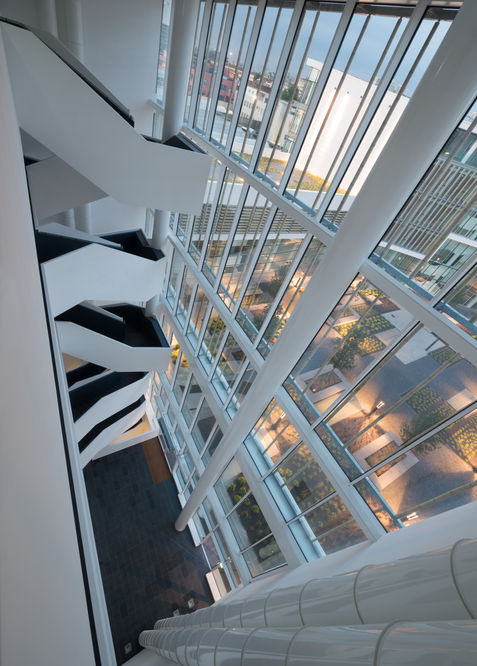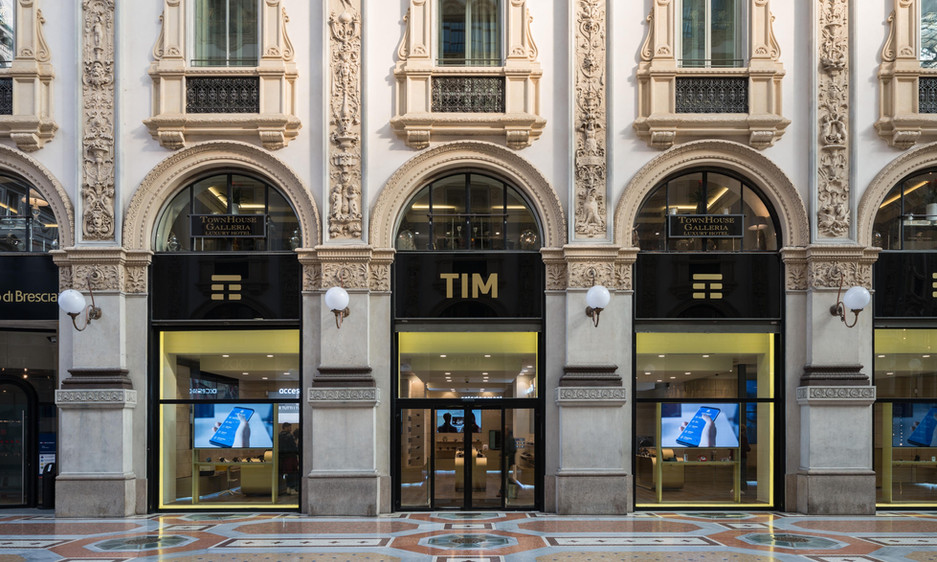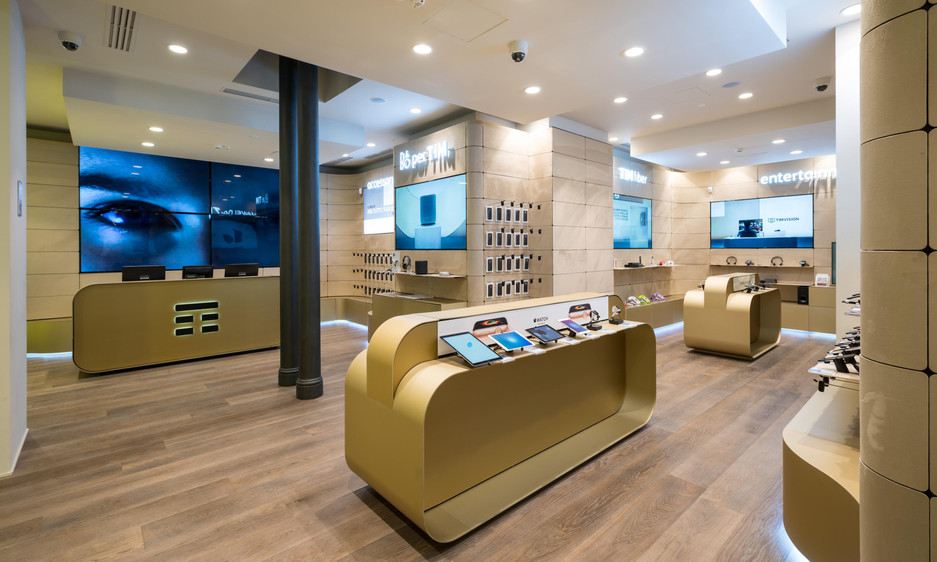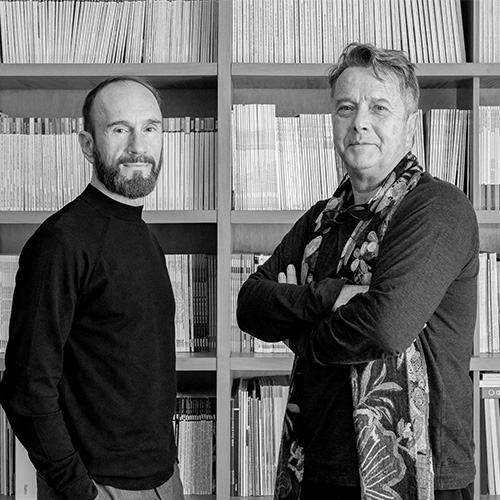

| CANVAS OF PLANS & DRAWINGS |
INTERIOR & DÉCOR, but with a twist |
| HOTELS & RESTAURANTS, beyond mainstream |
Notes on ART |
| Into big AFFAIRS | INSIDERS |
| GLIMPSES | |
Keywords:
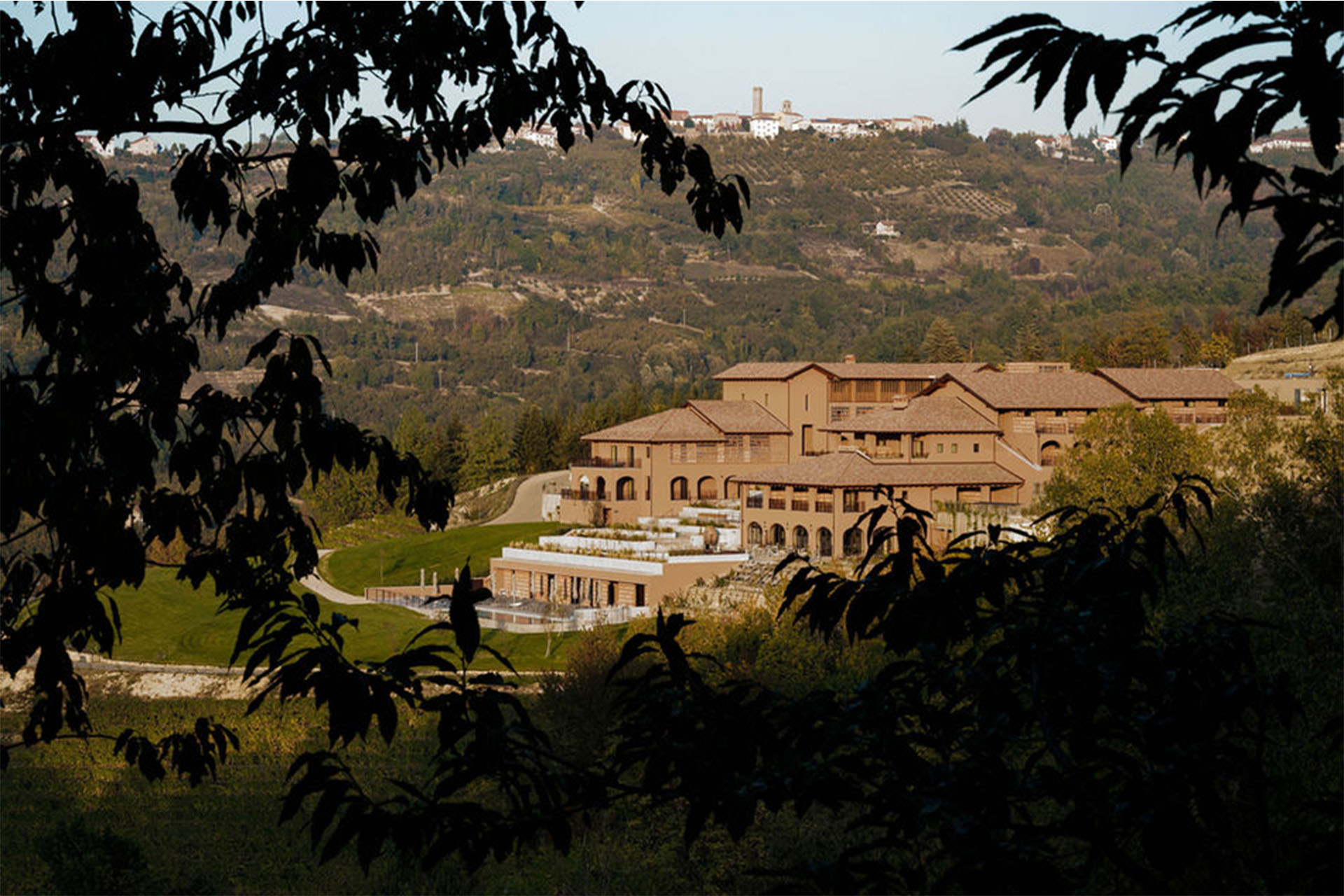
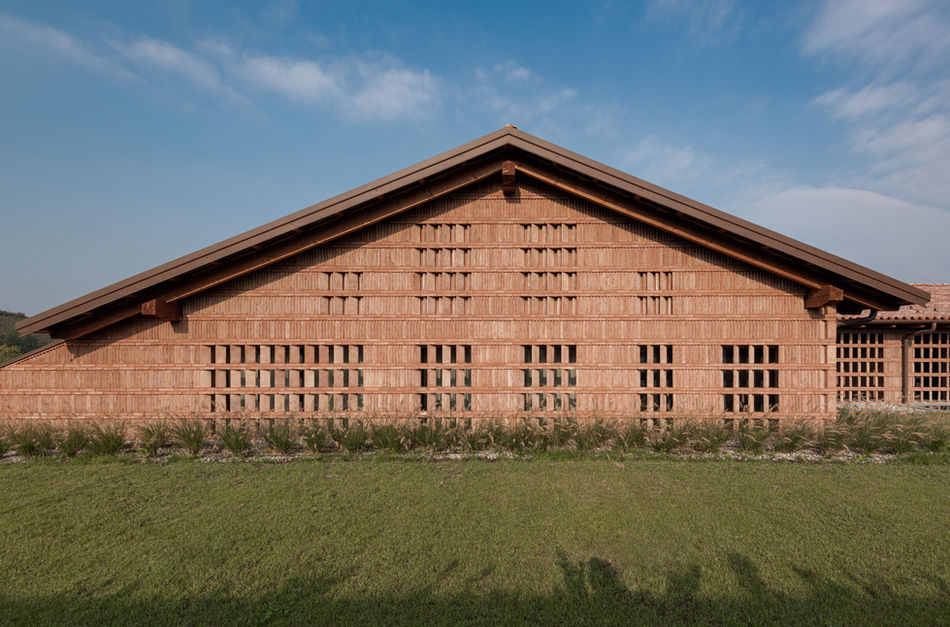
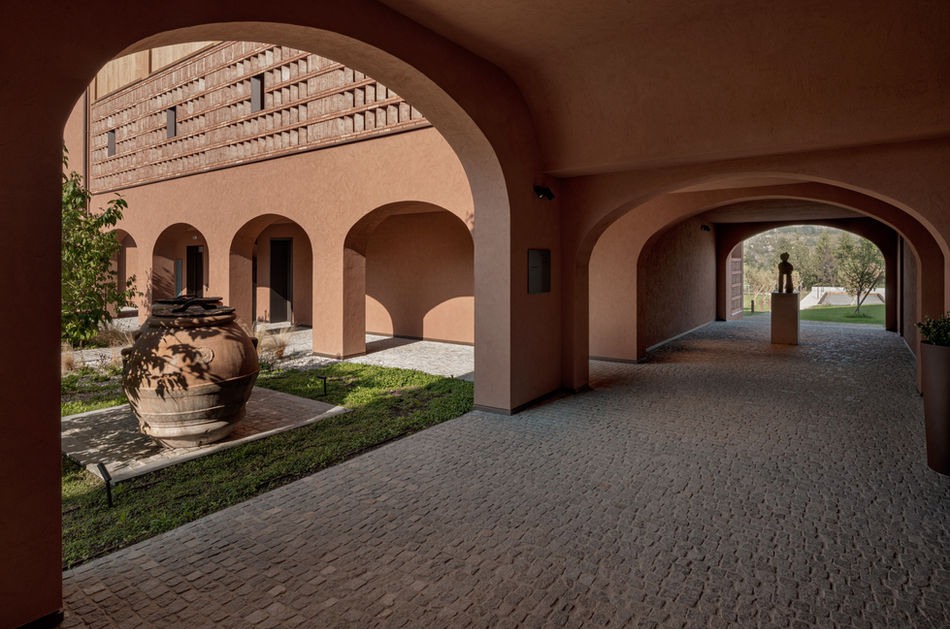
Andrè Straja and Giacomo Sicuro – Several elements unite the figures cited. The first is a reflection on our generation, born in the sixties. Studying Mies van der Rohe, Le Corbusier and Modernism in general is part of a specific culture: ours. The second is that that generation of architects was born at a time when architecture was a romantic, almost heroic fact. In The Fountainhead, the protagonist, architect Howard Roark, is a superhuman figure. Finally, these people are creators of a movement, Modernism, which is still extraordinarily present among us today. Observing everything around us, it is evident how today’s great international architects share a modernist root. This is why the works of Mies van der Rohe can be considered topical. This is the explanation behind the roundup of images on our site that we cannot but appreciate.
Andrè Straja and Giacomo Sicuro – Rigor and consistency. It all boils down to this. From a certain point of view, architecture is a totally arbitrary matter. There are no laws of nature that claim that modernism is better than postmodernism, or that Vitruvius was right and Le Corbusier wrong. There are logics that are applied and that through the journey of design logics lead to a coherent result, that speaks to man and reflects nature. I take a step back: What is beauty? Is it an arbitrary entity? My answer is that in beauty there is nothing arbitrary.
Beauty comes from the code that nature conveys us through its language. For example, it comes naturally to us to keep ourselves away from a poisonous snake, while we are attracted by colourful flowers. Similarly, if the automotive house Ferrari discovered a new, more aerodynamic shape, then it would only produce machines of that shape. The beauty of these cars comes from confronting the reality of the gravity of the wind forces. Weight and power distribution are extremely concrete factors. Therefore the architect, facing a design problem, must create quality, a scenario and a strategy that responds to the reality of that specific problem.
This quality is the result of a product of the logic that the architect puts on the table, a design path that must follow with rigor and imagination. Always creating consistency. If a customer asks why the door is there and not elsewhere, you need to be able to explain it consistently. Finally, coherence is a synthesis between environment and function, from which beauty is born. Drawing an example from the world of music, the Beatles are known all over the world because they managed to create extremely synthetic melodies that touch people’s emotions. It is a matter of two notes, but they reach all of us. This is why, as a studio, we do not believe in styles. The object must not be related to the person, but rather to the position, needs and functions. If we take, for example, the national stadium of Beijing by Ai Weiwei, Pierre de Meuron, Jacques Herzog and Li Xinggang, it has a shape, that of the swallow’s nest, which can bear a meaning only within the Chinese territory where it is located.
